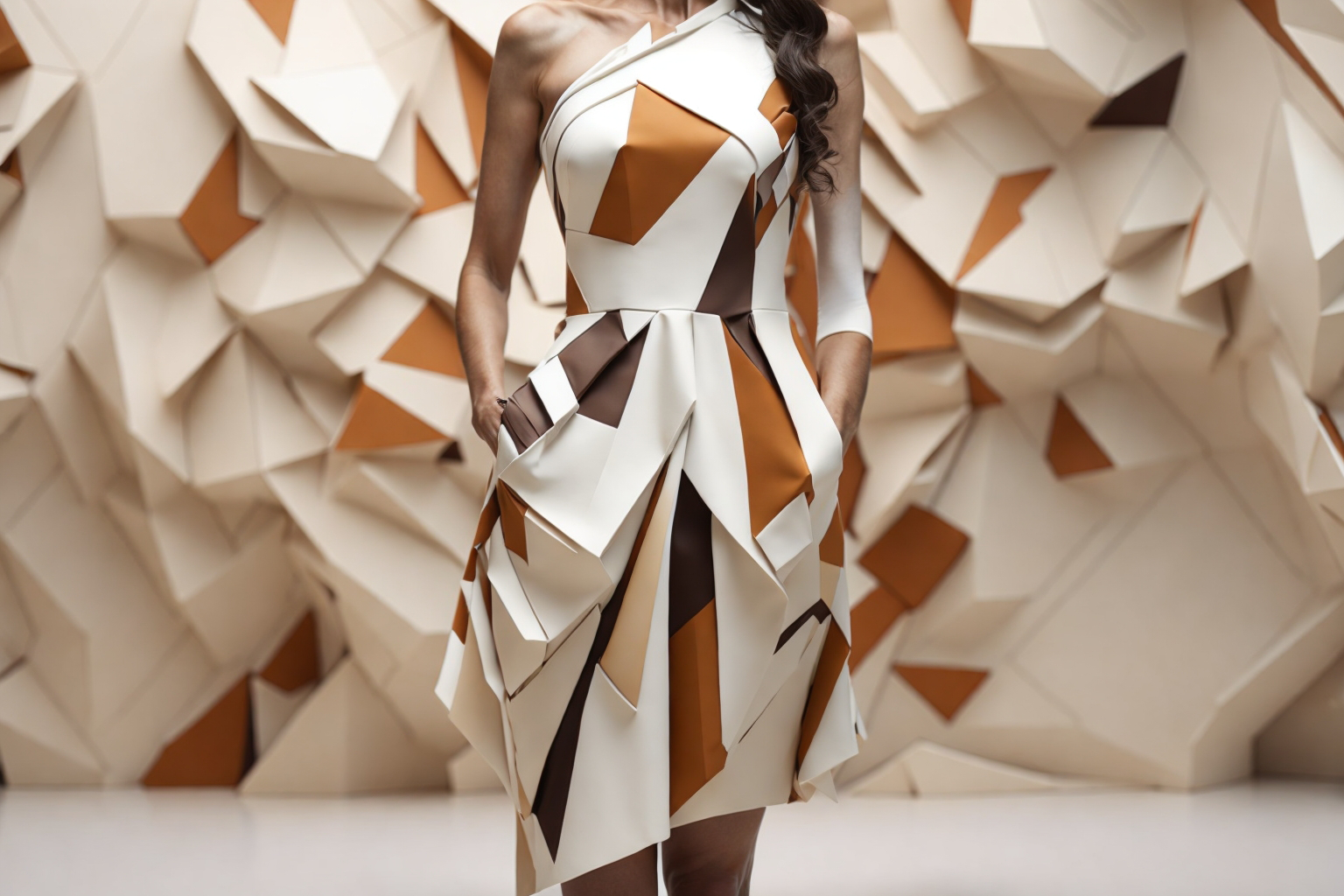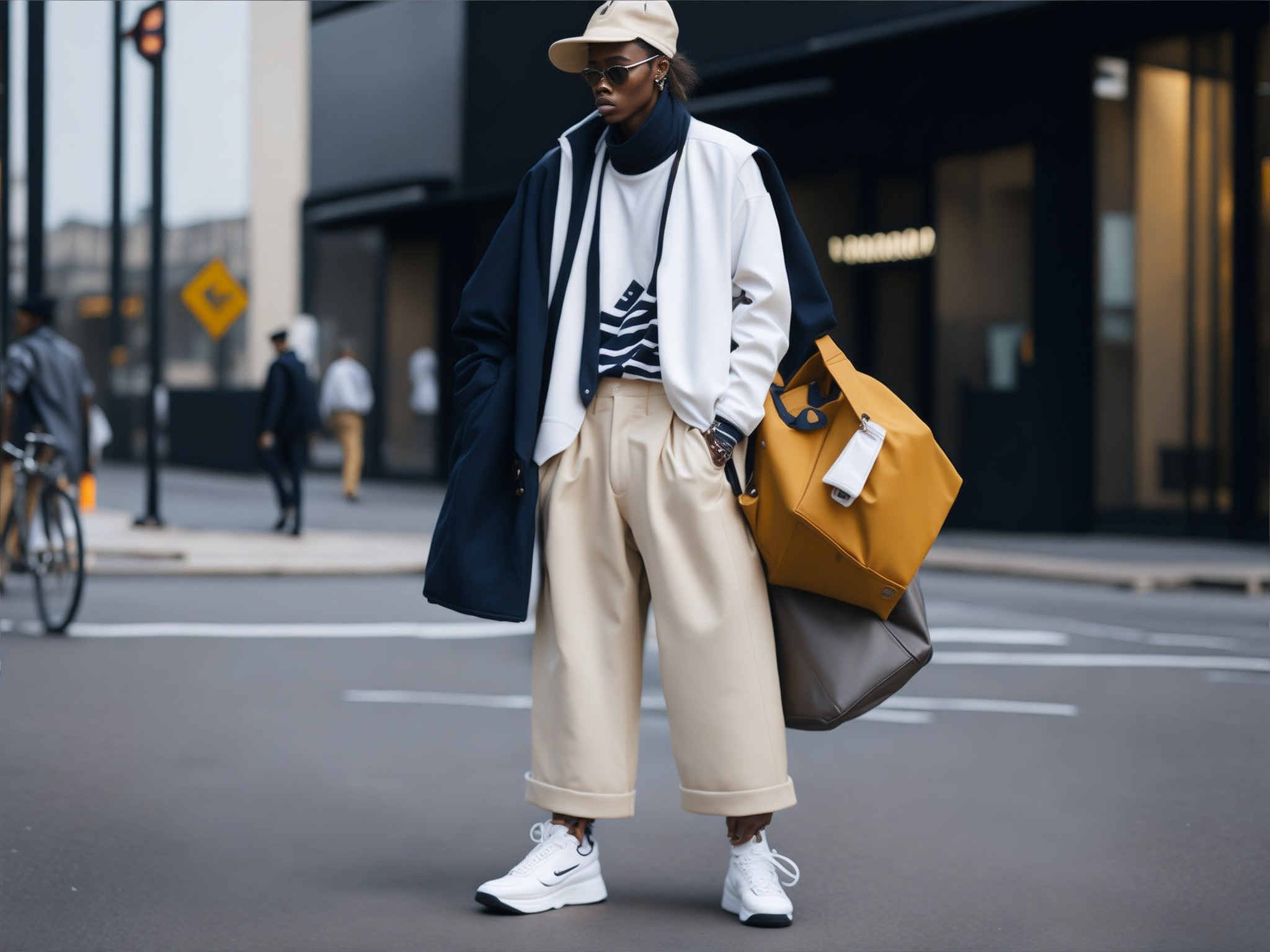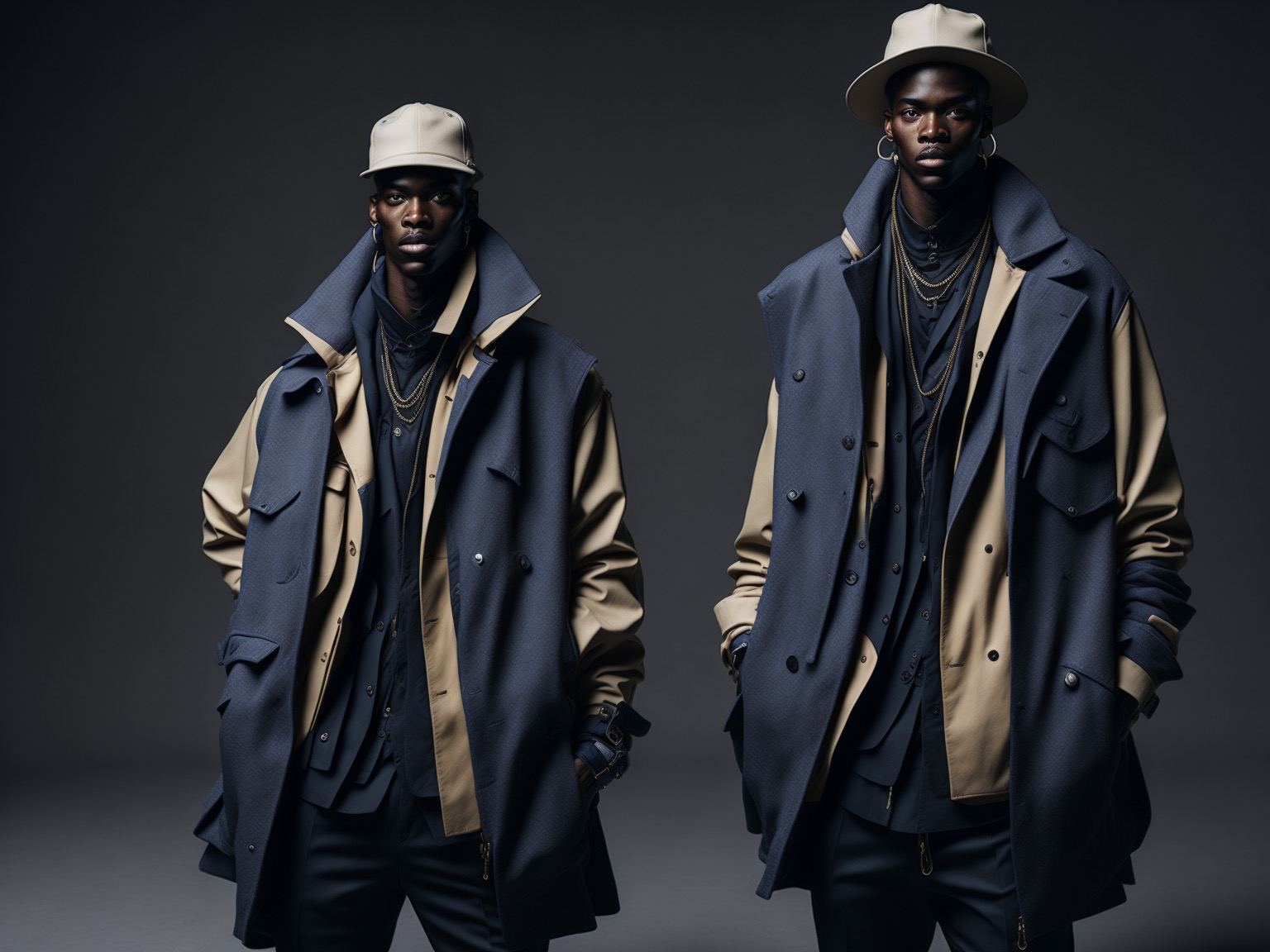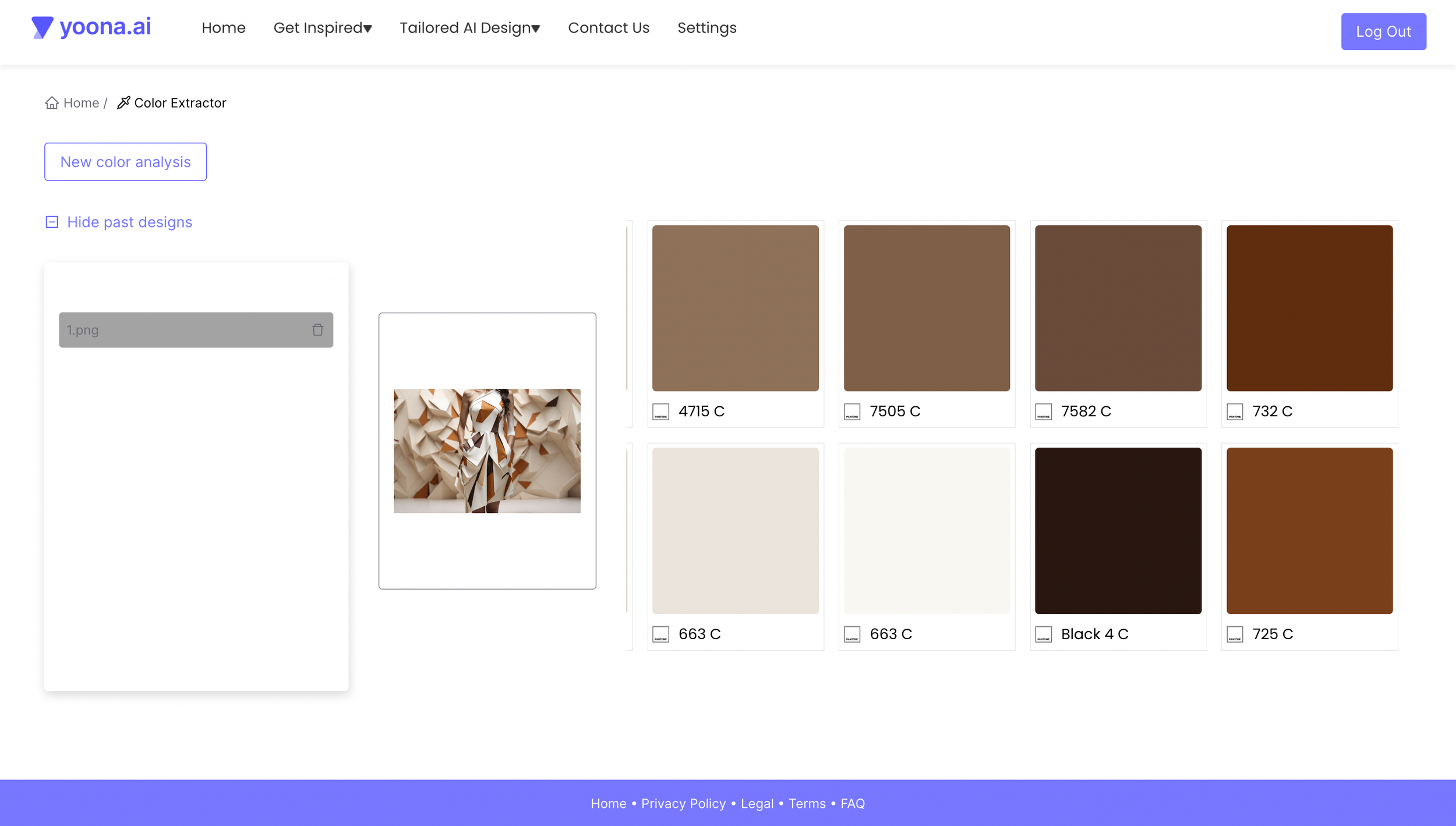Unveiling the Economic Potential of Generative AI in the Fashion Industry:
Yoona.ai and the Next Frontier of Productivity and Sustainability
In the ever-evolving landscape of the fashion industry, innovation is the key to staying ahead of the curve. As technology continues to shape the future, one groundbreaking advancement is paving the way for unprecedented creativity, productivity, and sustainability: Generative Artificial Intelligence (AI).
At the forefront of this revolution stands yoona.ai, a cutting-edge AI tool revolutionizing fashion design and production. In this blog post, we delve into the economic potential of generative AI in the fashion industry and explore how tools like Yoona.ai are driving the next productivity and sustainability frontier.
Generative AI: Redefining Fashion Design
Generative AI, often referred to as the intersection of creativity and technology, has redefined the way fashion designers conceptualize, create, and produce garments. With the power of Generative AI, designers can explore limitless design possibilities, experiment with intricate patterns, and visualize concepts that were once confined to the realm of imagination. Yoona.ai, along with other innovative AI design tools, has become a beacon of inspiration for the fashion community.
Productivity Redefined
Traditionally, fashion design is a time-consuming process that involves numerous iterations and prototypes. However, Generative AI tools like Yoona.ai have streamlined this process exponentially. By harnessing the capabilities of AI algorithms, designers can now generate diverse design options within a fraction of the time it would take using traditional methods. This newfound efficiency translates into increased productivity, enabling fashion houses to respond swiftly to market demands and consumer preferences.
Sustainability at the Core
The fashion industry has long grappled with sustainability concerns, from ethical sourcing of materials to reducing waste. Generative AI has emerged as a powerful ally in the pursuit of sustainable practices. By optimizing designs for material efficiency, minimizing wastage, and even suggesting eco-friendly fabrics, AI-driven tools contribute significantly to sustainable fashion initiatives. Yoona.ai, in particular, excels in generating designs that are not only aesthetically pleasing but also environmentally conscious, aligning seamlessly with the growing demand for eco-friendly fashion solutions. (visit full report)
Up to 93% less CO2 emissions. Up to 9M. tons of material saved. Monthly up to 1,06 (1,06 X 1018) L of water saved. Up to 8,31M tons of chemicals saved per year.
Economic Implications
The integration of Generative AI tools like Yoona.ai into the fashion industry has far-reaching economic implications. By enhancing productivity and sustainability, these tools help fashion businesses reduce costs associated with material wastage and excessive prototyping. Moreover, the ability to create unique and trend-setting designs amplifies brand visibility, opening doors to new markets and revenue streams. As a result, the fashion industry experiences a positive economic upswing, fostering innovation and entrepreneurship.
Looking Ahead: The Future of AI in Fashion
As we move forward, it is evident that Generative AI is not just a trend but a transformative force shaping the future of fashion. With the continuous advancement of AI technologies, we can anticipate even more sophisticated tools that push the boundaries of creativity and sustainability. Embracing AI in fashion design is not just a choice but a necessity for businesses aspiring to thrive in a competitive, dynamic industry.
So, let's embrace the future of fashion, where creativity knows no bounds, productivity soars to unprecedented heights, and sustainability becomes not just a choice but a fundamental principle, all thanks to the remarkable power of Generative AI.





